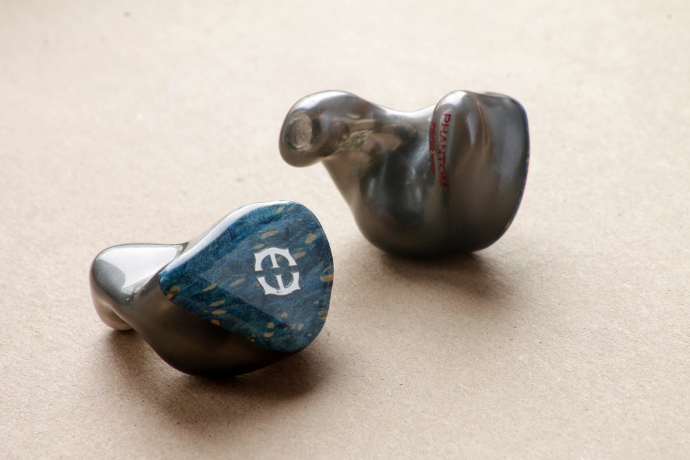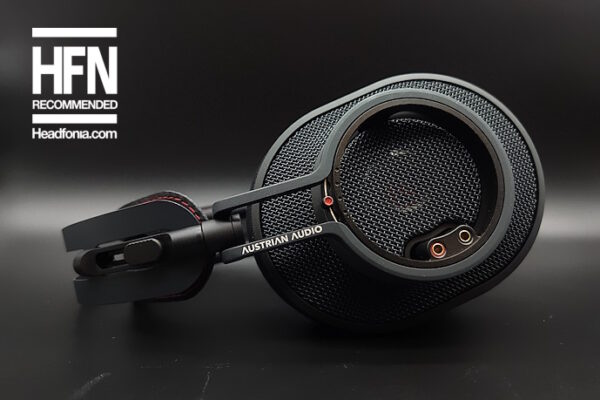Sound:
As mentioned before, the Phantom approaches music in a different way than most other IEMs currently available. It was made to give you a soothing and relaxed sound, while not overlooking the balance. I have to admit, it is a monitor that doesn’t kick in from instant, it takes a while to get used to this unique sound. My first thoughts of it were ‘That’s it?’, but I don’t judge a book by its cover, so I took the Phantom with me on a business trip to Norway and the more I listened to it, the more I knew what it was all about.
The most impressive to me is the Phantom’s bass. It’s extremely well controlled and physical. It reaches remarkably low, while giving low ends great dynamics in its mid and upper bass. Sub-bass has good rumble and resolution. The texture of the Phantom’s bass is just perfect with superb layering. Body-wise the Phantom is full and not overblown.

Empire Ears Phantom
The mid and upper bass are slightly lifted, and stand at a north of neutral position to give lower midrange a decent amount of warmth. It is clear that the Phantom’s biggest trait lies within the lower frequencies. Especially deeper male vocals enjoy a lot of love here, they probably have never sounded that good to me before. Think of Frank Zappa, Barry White or Leonhard Cohen. They truly shine with the Empire.
However, there seems to be a dip after the lower mids, as the following frequencies aren’t as much in the Phantom’s focus. Female vocals and brighter instruments sometimes sound a little off, even more so, when bass needs some attention. Midrange overall is thick, full and engaging. The Phantom has good air, yet could use some more of them in the mids for my taste, as some singers seem to miss room to breath.
High notes are a little laid back, but extend well. They are not as forward as on other monitors, but that guarantees the listener that he can kick back and doesn’t have to worry about sibilance. Treble is never sharp or harsh, but organic and natural. With the more forward bass tuning, treble can fall behind the lower frequencies.
When we look at technicalities such as sound stage dimensions or imaging, the Phantom convinces with a realistic approach again. The sound stage is of above average size, with dimensions more of a small concert hall, rather than big arena. With the Phantom you’re in the middle of the scene, with musicians in front of you. In the constructed room it’s easy to listen to the musicians one by one.
The Phantom to me is an exceptional monitor for non-synthesized music and suits genres like Classic Rock, Jazz or Soul best, but it doesn’t have to fear Pop, Fusion or others. It’s a versatile monitor that lets you enjoy your tunes for hours.
Page four is about Aftermarket cables and Sources.








Ryan Eagon
Thanks for comparing these with the 64 audio ‘N8’ these 2 IEMS are on my list as with the Jerry Harvey ‘Lola’. I’m hoping to pick 1 of these 3…Tough choices Indeed!
Mark Halstead
I am also deciding between Phantom and Lola. Which did you end up choosing?
Linus
Hi Mark,
sorry for the late reply.
I’d go with Phantom between these two.
Cheers
Mark Halstead
I ended up getting Phantom before seeing your comment. It goes well with my existing IEMs.